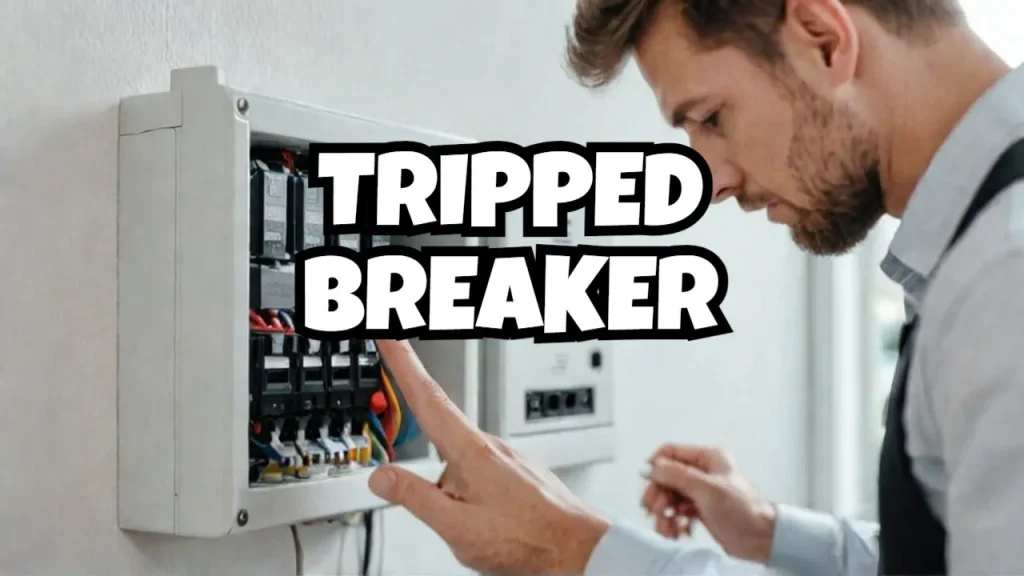The Ultimate Guide to Circuit Breakers
Today, we’re diving into circuit breakers—specifically, how to install both single-pole and double-pole breakers. This is a great skill to understand whether you’re setting up a hot water tank, garage plugs, or any 240V equipment.
Step 1: Remove the Panel Cover
Start by removing the panel cover. We’re going to install a couple of breakers and connect two different types of cable:
- 14/2 wire for a 120V plug circuit
- 12/2 wire for a 240V hot water tank circuit
Step 2: Safety First
It’s always safest to shut off the main power when working inside a panel. However, in this demonstration, we’re leaving it live so we can keep our lights on. This isn’t recommended unless you’re experienced and confident in what you’re doing. Always work cautiously around live panels.
Step 3: Inserting the Cables
On the side of the panel, locate the knockouts (those little metal circles) and pop them out. Use gray plastic half-inch connectors to secure your cables. Once your cables are in the panel, strip back the sheathing. You don’t need much—just enough to make your connections neat and safe.
Step 4: Understand the Bus Bars
Inside the panel, you’ll see two bus bars running vertically. These alternate back and forth to provide 120V or 240V depending on which combination of breakers you use. Across both bus bars is 240V; each bus individually provides 120V.
Step 5: Installing the Breakers
Insert the breakers by clipping them into the appropriate slots:
- A single-pole breaker for the plug circuit
- A double-pole breaker for the hot water tank
These breakers clip in easily—just make sure they’re firmly seated on the bus bar.
Step 6: Connecting Ground and Neutral
- Connect ground wires to the ground bar.
- Connect neutral wires to the neutral bar.
Use a Robertson screwdriver to tighten the terminals. Be especially careful not to let any bare conductors touch the bus bars or other terminals—this could cause sparks or worse.
Step 7: Connecting the Hot Wires
- For the 120V plug circuit, connect the black hot wire to the single-pole breaker.
- For the 240V circuit, connect both the red and black wires to the double-pole breaker.
Tighten the terminals snugly (hand-tight is fine) and then tug slightly on each wire to make sure it’s secure.
Step 8: Panel Knockouts and Cover
Remove the faceplate knockouts on the panel cover where the new breakers are installed. This makes room for the breaker switches to poke through. Reattach the cover using an impact tool or screwdriver.
Even though some electricians might notice this panel is mounted upside down, it’s done that way intentionally—for cleaner cable entry from the bottom.
Step 9: Label the Breakers
Using a marker, label each breaker clearly:
- Hot Water
- Plugs
This will help with future troubleshooting or upgrades.
Step 10: Turn on and Test
Flip on the breakers, then test the circuits using a multimeter. For a 120V outlet, you should read around 117–120 volts. Once confirmed, you’re good to go!
Final Thoughts
That’s it for installing a single-pole and double-pole breaker. This process is applicable to most panel types. Remember, always work safely, follow your local electrical code, and when in doubt—consult a licensed electrician. Don’t forget to subscribe


